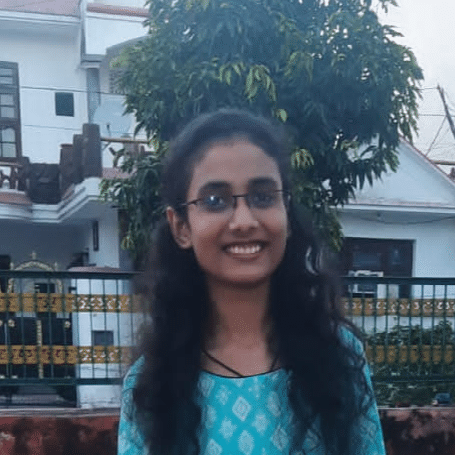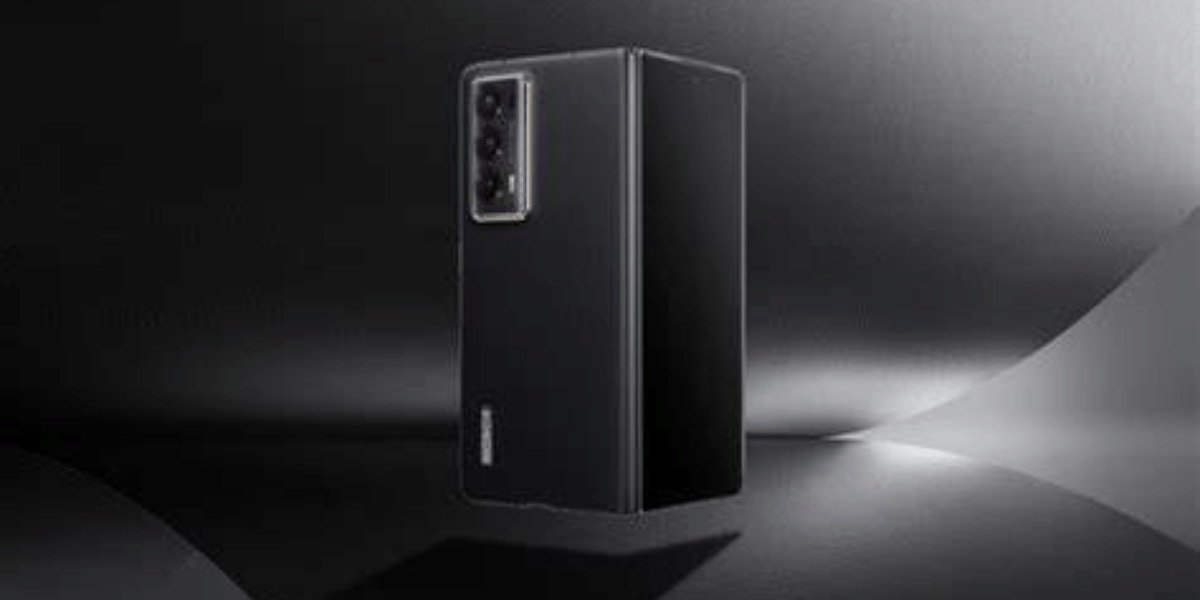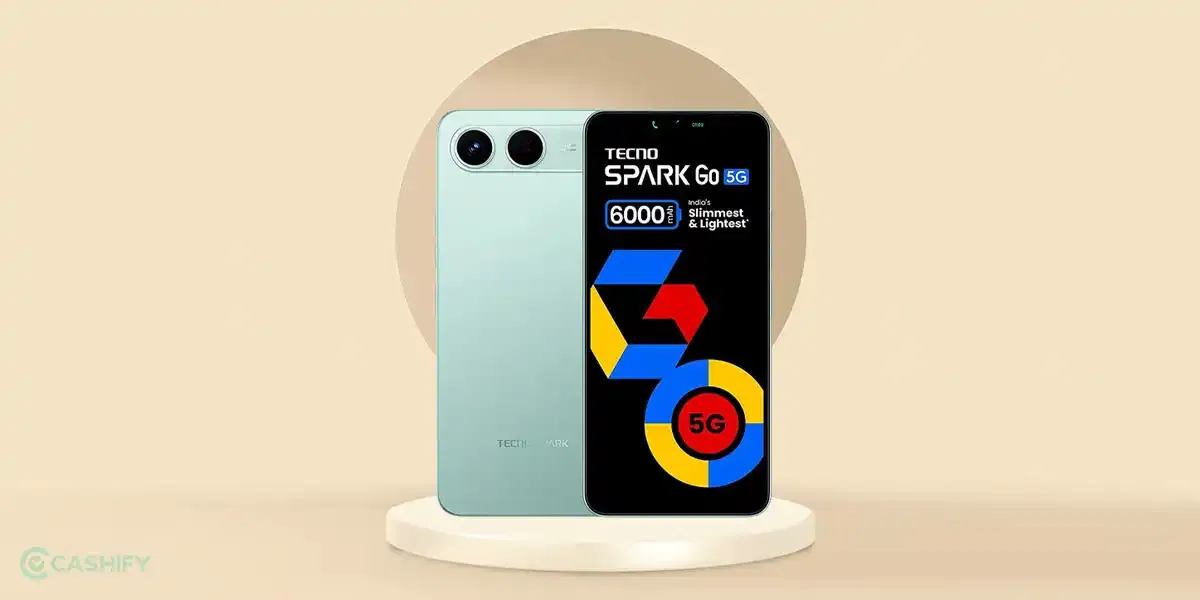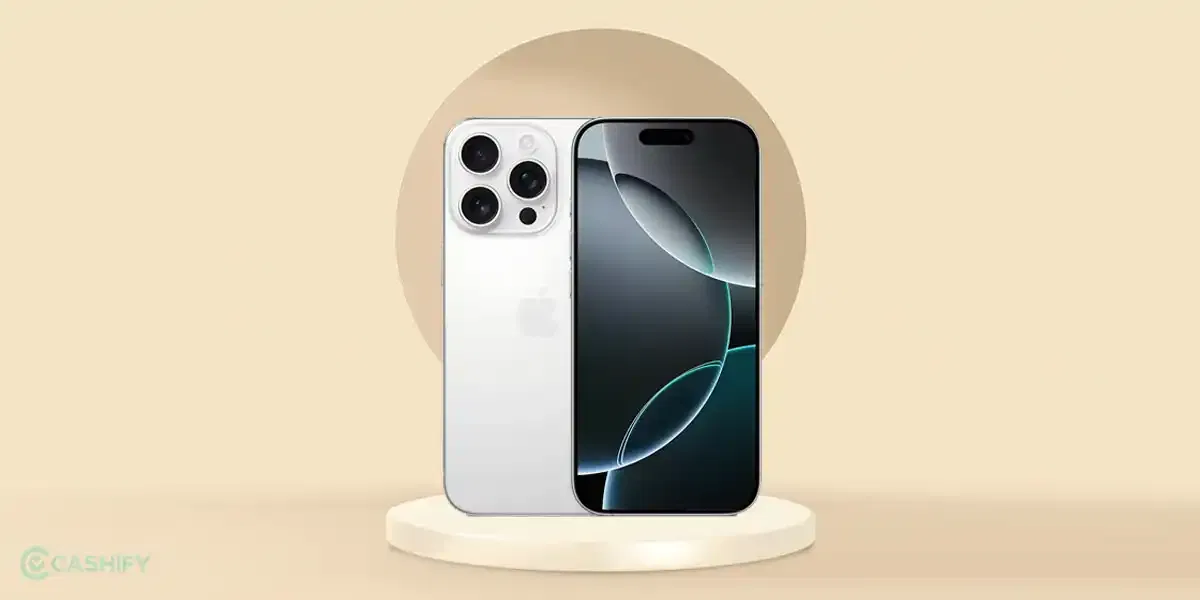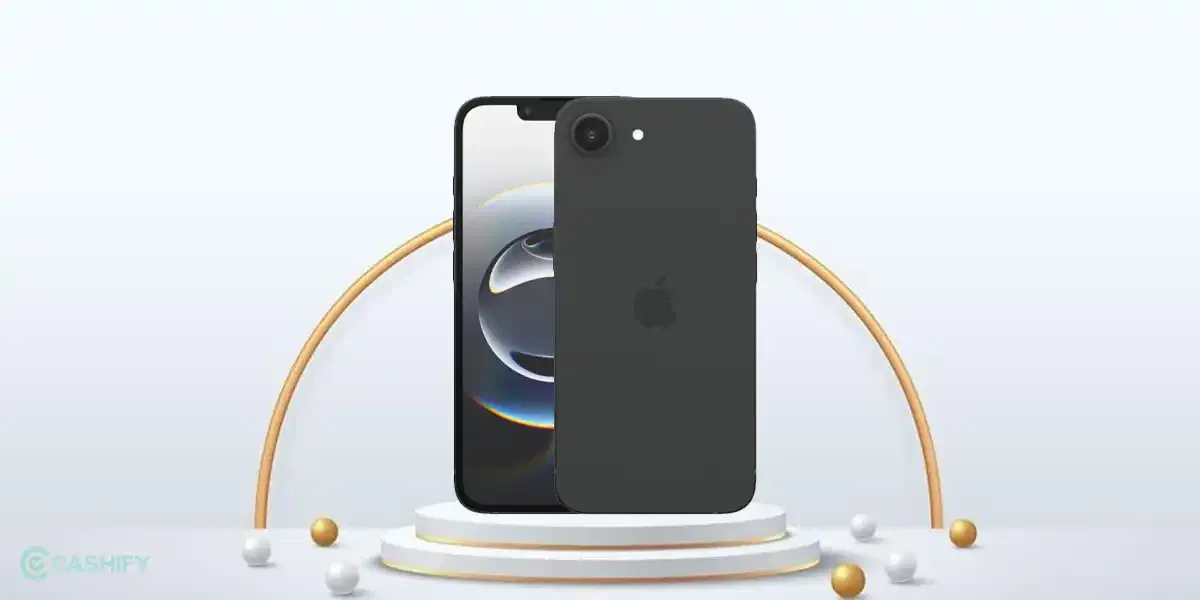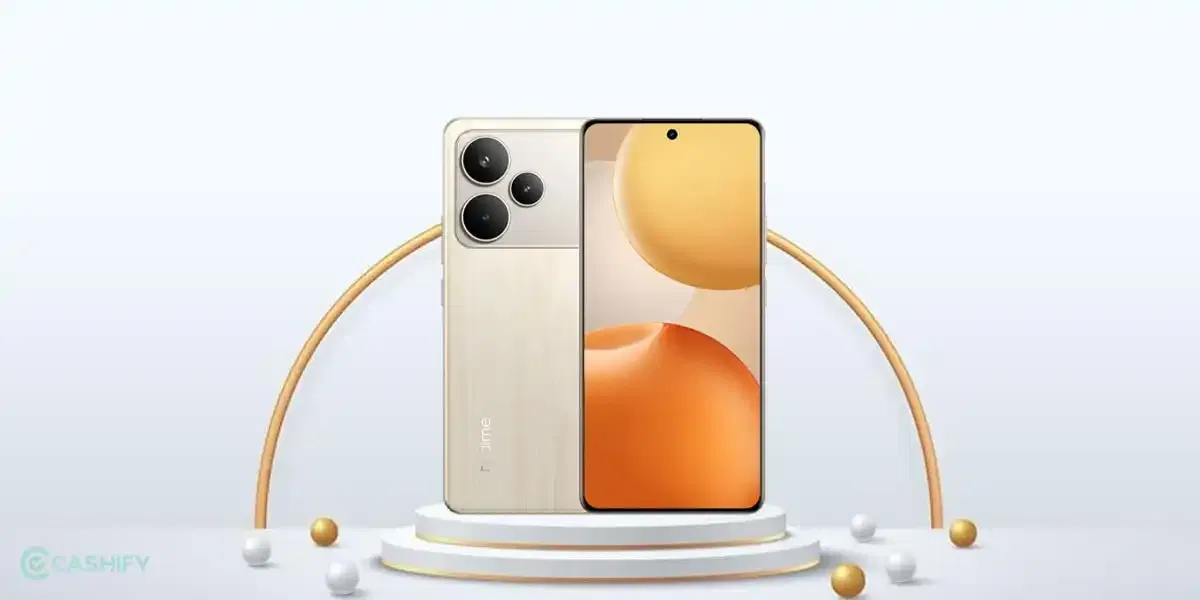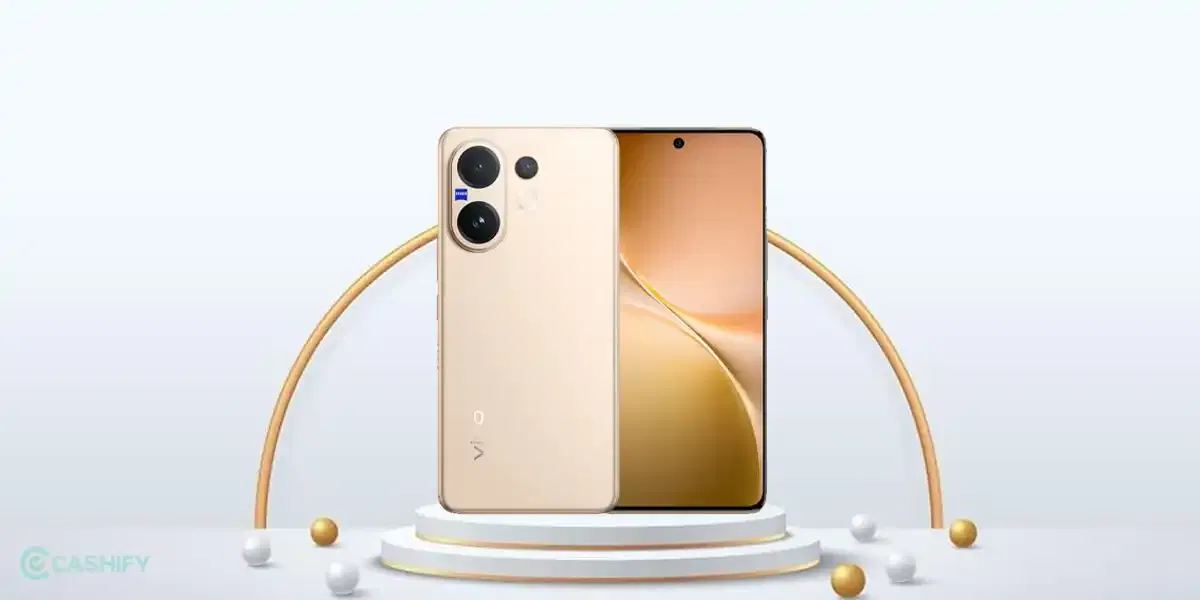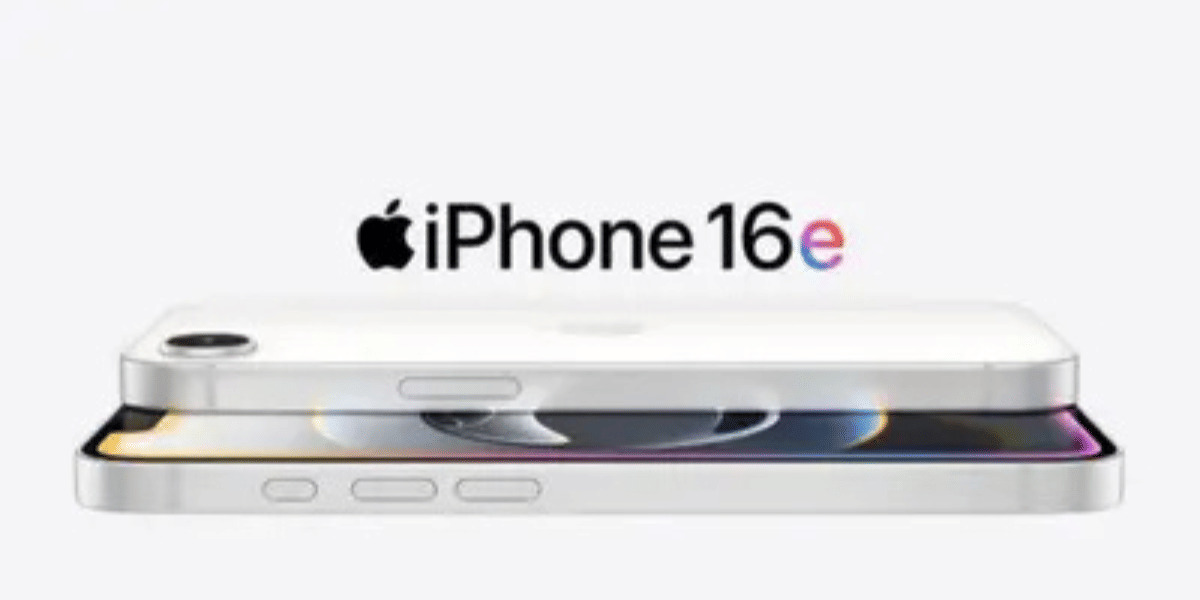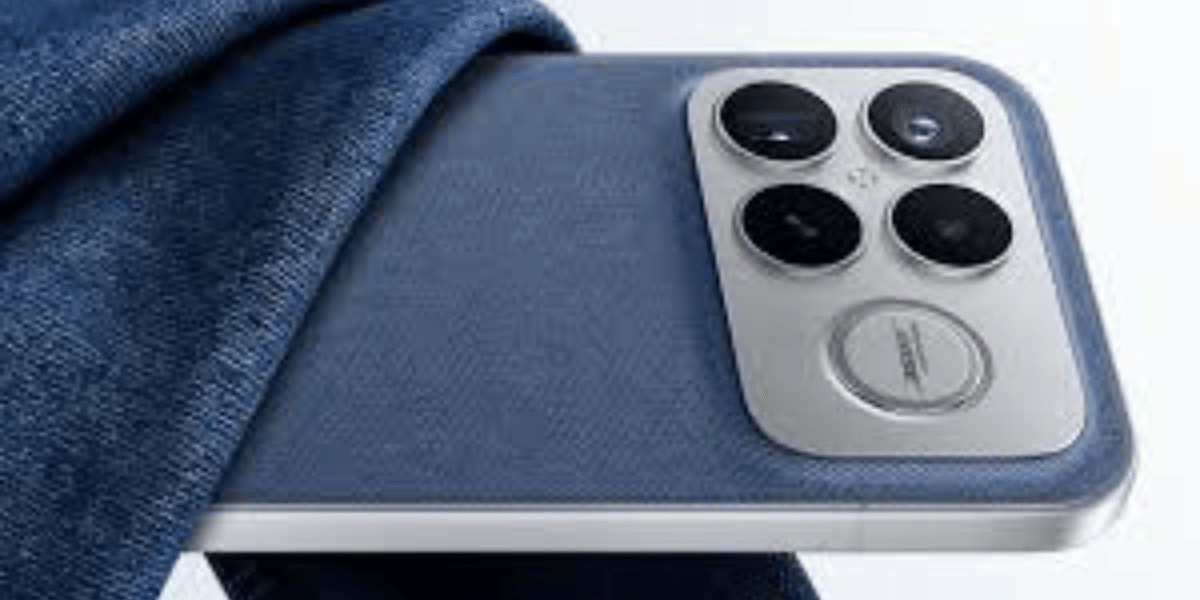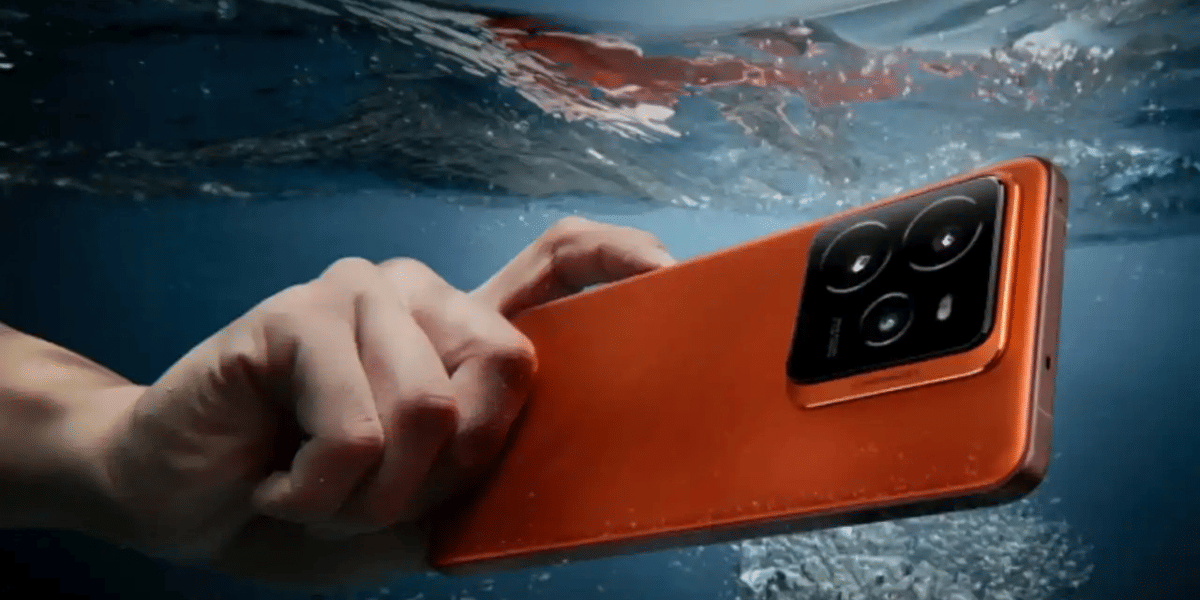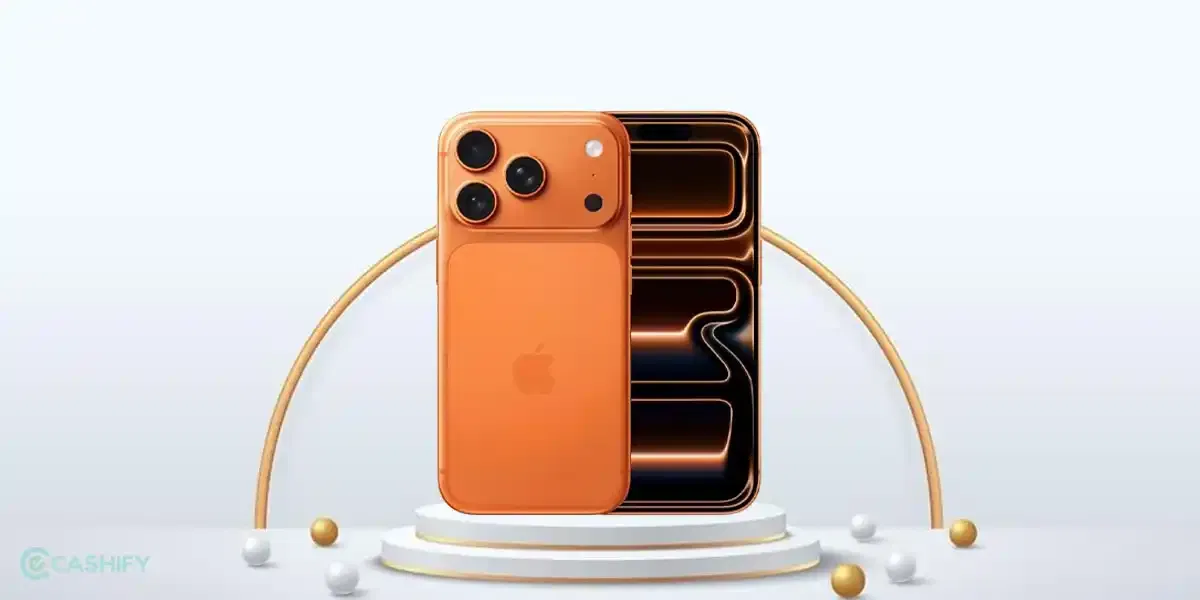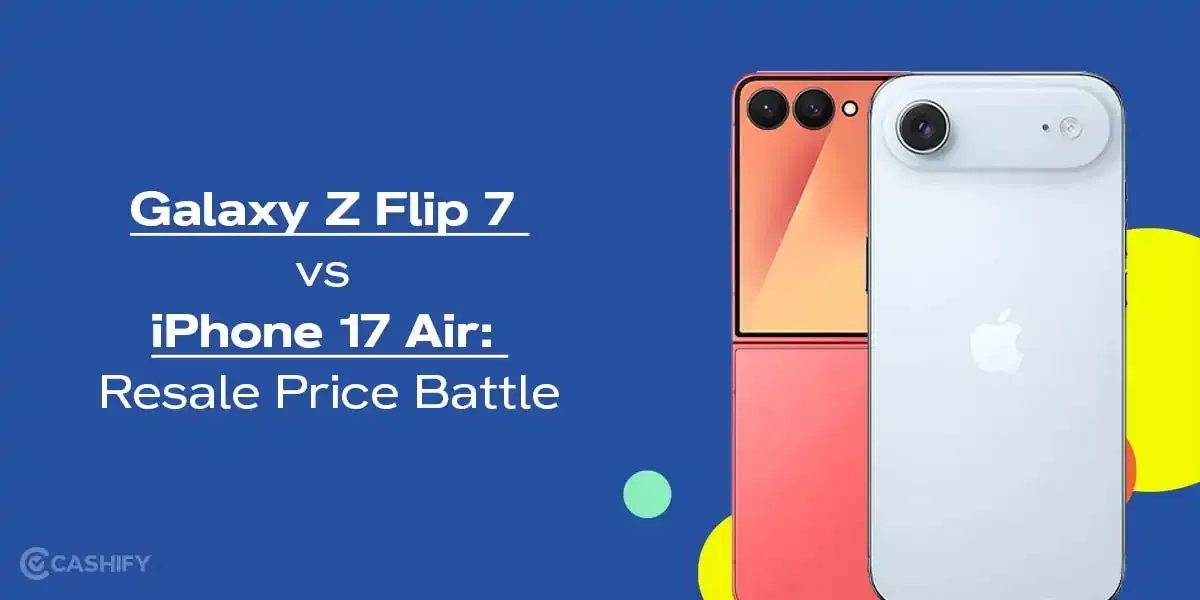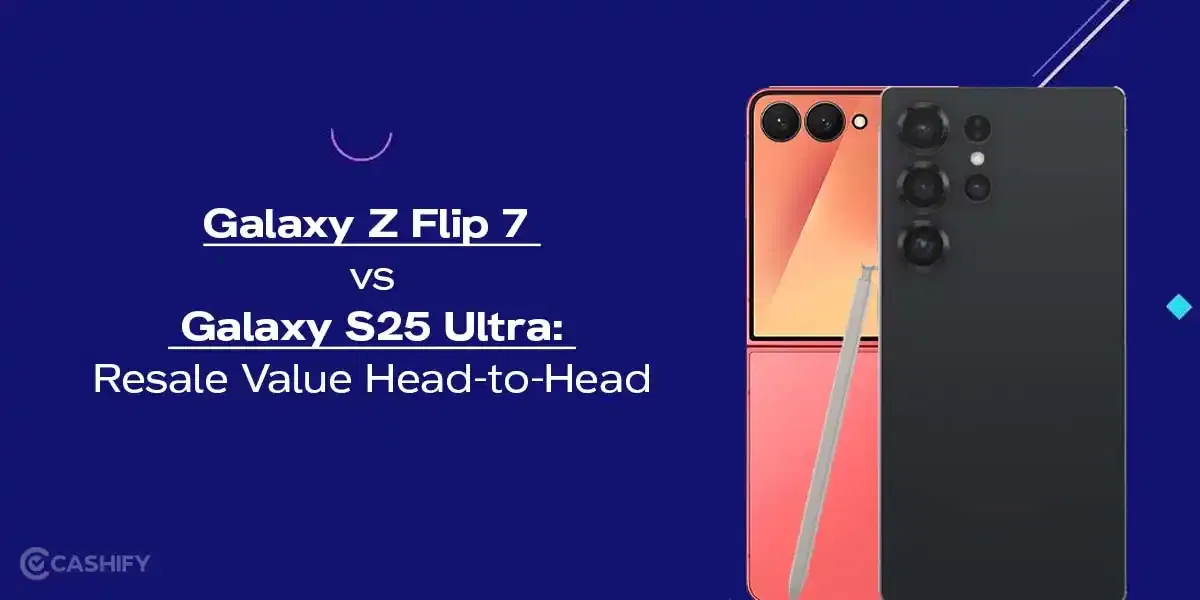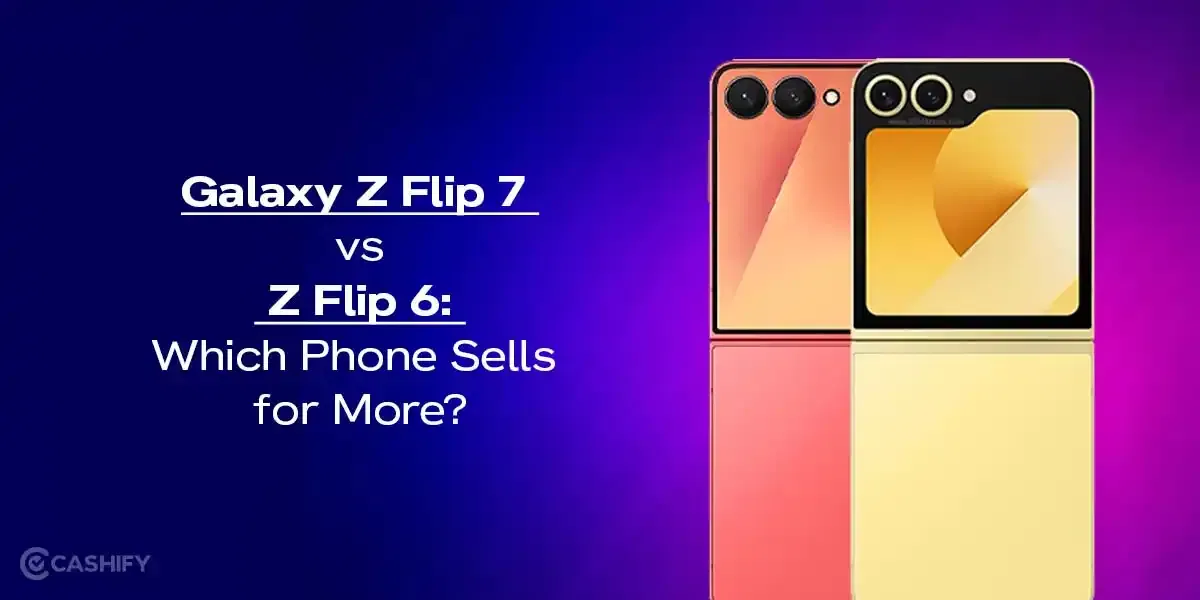Google’s Future Pixel Phone: A new report suggests that Google’s recent patent application details an innovative smartphone technology. This technology has the potential to give Google Pixel smartphones an edge over iPhones and Samsung Galaxy devices.
Google’s Future Pixel Phone: Camera Details
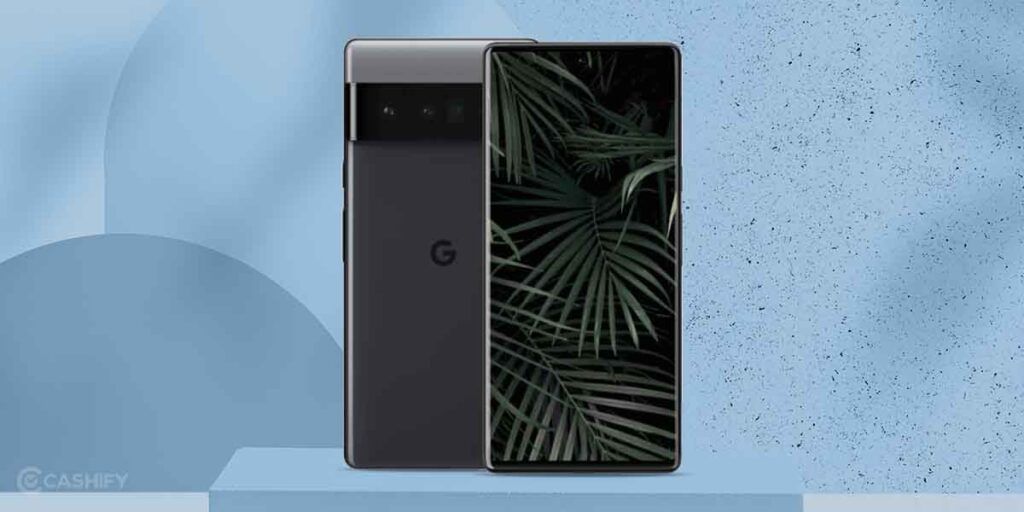
According to a Forbes report, a recent patent application introduces an innovative technology that reveals a new under-display front camera intended for Pixel smartphones. This advancement could grant the company the capability to eliminate the notch or hole-punch cutout entirely from the screen. As a result, it would create an uninterrupted, expansive full-screen display, optimizing the available space.
The report highlights that this design presents intricate challenges, as the screen must serve dual purposes—as a display and a ‘window’ for light to reach the front-facing camera concealed beneath. Additionally, it must successfully fulfill both roles without compromising the quality of either the display or the camera.
The Apple iPhone 14 Pro introduces “Dynamic Island,” a region with camera hardware and a shape-changing center for alerts. Google’s distinct approach enhances camera quality using intentional light-blocking and distortions. However, this technology likely won’t appear in this year’s Google Pixel 8 series or even the 2024 Google Pixel 9 series.
Also read: A15 Bionic Vs A16 Bionic – What’s The Difference?
All You Need To Know
Google achieves this by employing two distinct screen sections to manipulate the passage of light. They achieve this manipulation by incorporating a layer of material that selectively obstructs light in particular shapes or patterns. Beneath these designated screen areas, specialized camera sensors are positioned. These sensors may vary in type, encompassing colour-detecting ones as well as monochromatic variants.
Every screen pattern enhances the sensor’s performance for specific tasks, such as improving image sharpness or accurately reproducing colours. The screen segments where these optimizations occur exhibit diverse pixel configurations, influencing the path of light transmission.
Computer techniques and learning algorithms blend the signals from both sensors, resulting in a highly impressive final image. This approach simplifies the process of capturing pictures through the screen, as highlighted in the report.
Also read: Virtual Reality Evolution: From Gaming To Real-World Applications
